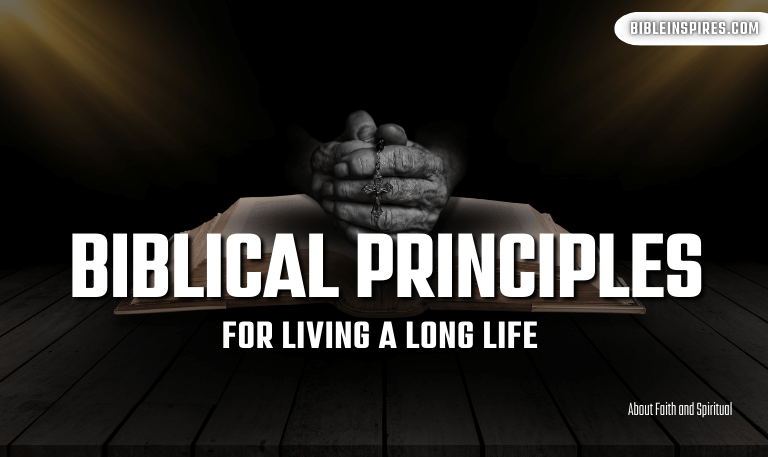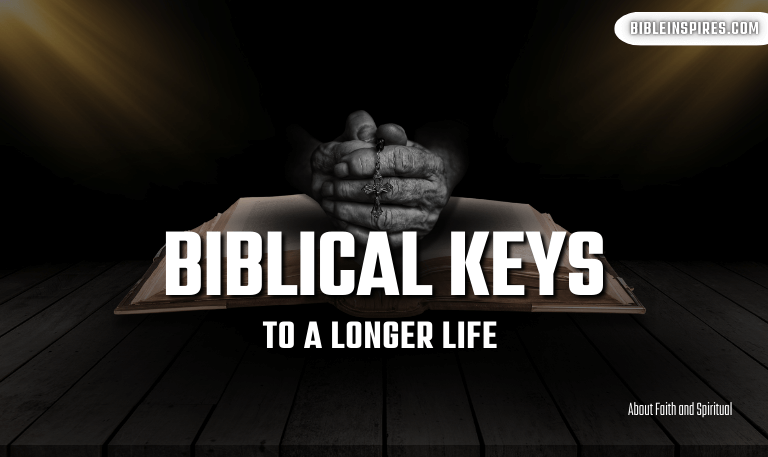When studying the sacred scriptures of Judaism and Christianity, one of the most common questions that arises is the distinction between the Torah vs Old Testament. While both texts form a foundational part of their respective religions, they differ in structure, content, and theological emphasis. In this guide, we will explore the key differences between the Torah and the Old Testament, along with their significance in religious practice and theology.
I. What Are the Torah and Old Testament?
Before diving into the detailed comparisons, it’s essential to define the Torah and the Old Testament and understand their roles in their respective faiths.
What is the Torah?
The Torah, often referred to as the Five Books of Moses or the Pentateuch, is the central and most sacred text in Judaism. It contains the foundational laws, commandments, and narratives of the Jewish faith. In Hebrew, Torah means “instruction” or “teaching,” and it provides the basis for Jewish law, ethics, and culture. The five books included in the Torah are:
Genesis (Bereshit): The story of creation, early humanity, and the patriarchs.
Exodus (Shemot): The liberation of the Israelites from Egypt, the giving of the law at Sinai, and the covenant with God.
Leviticus (Vayikra): Detailed laws regarding religious rituals, sacrifices, and holiness.
Numbers (Bamidbar): The Israelites’ journey through the wilderness and the census of the tribes.
Deuteronomy (Devarim): A recap of the laws and the covenant before entering the Promised Land.
Read Also: Introvert vs Extrovert
What is the Old Testament?
The Old Testament is the Christian term for the collection of sacred scriptures shared by both Judaism and Christianity. However, the term “Old Testament” also encompasses a larger set of books than the Torah. In Christianity, the Old Testament is often viewed as preparing the way for the New Testament and the teachings of Jesus Christ. The Old Testament contains various books, including:
Historical Books: e.g., Joshua, Judges, Kings, Chronicles.
Wisdom Literature: e.g., Psalms, Proverbs, Ecclesiastes, Job.
Prophetic Books: e.g., Isaiah, Jeremiah, Ezekiel, and the twelve minor prophets.
While the Torah forms the first five books of the Old Testament, the Old Testament contains several additional books that are not found in the Torah.
II. Key Differences Between the Torah and Old Testament
1. Structure and Composition
The Torah is a subset of the Old Testament, specifically the first five books. The Old Testament, in contrast, includes a broader collection of writings that spans various genres, including history, prophecy, wisdom, and law. Here’s how the two compare:
Torah: Focuses primarily on the laws and commandments given to the Israelites, as well as the narrative of their early history.
Old Testament: A much broader collection of texts, including historical accounts, wisdom literature, and prophetic writings.
2. Canonical Differences
Another critical distinction between the Torah and the Old Testament is their canonical status in different religious traditions.
Judaism: The Torah is considered the most sacred and authoritative text. The Jewish Bible, or Tanakh, is composed of three parts: Torah (Law), Nevi’im (Prophets), and Ketuvim (Writings). The Torah occupies the first section and is considered the foundation for all other writings.
Christianity: The Old Testament in Christianity is divided into different categories (Law, History, Poetry, and Prophecy) and includes additional books not found in the Jewish Tanakh. These books are collectively referred to as the Apocrypha in some Christian traditions (though not all Christian denominations include them).
3. Theological Focus
The Torah focuses heavily on law and covenant—it provides a detailed account of the commandments (613 mitzvot) that the Israelites were expected to follow. It also establishes the covenant between God and the people of Israel.
On the other hand, the Old Testament includes prophetic literature and emphasizes themes such as redemption, sin, forgiveness, and God’s relationship with humanity. The Old Testament also foreshadows the coming of the Messiah, which is central to Christian theology.
Read Also: Evangelical vs Catholic
III. Understanding the Role of the Torah in Judaism
1. The Torah as the Foundation of Jewish Life
For Jews, the Torah is not merely a religious text but the foundation of daily life. It serves as the guide for living a righteous life, observing commandments, and maintaining a covenant with God.
Mitzvot (Commandments): The Torah provides 613 commandments (mitzvot), which govern aspects of Jewish life, from dietary laws (kosher) to ethical behavior and religious observance.
Synagogue and Worship: The Torah is read publicly in synagogues during services, especially on Shabbat (the Sabbath). Jewish rituals such as the Bar Mitzvah (coming-of-age ceremony) are deeply connected to the Torah.
2. The Torah’s Role in Jewish Identity
Cultural and National Identity: The Torah provides Jews with a sense of identity and belonging, both as a people and as part of God’s covenant.
Torah Study: Study of the Torah is a central religious practice, particularly in Yeshivas (Jewish religious schools). It is considered an obligation for Jews to engage with and learn the Torah throughout their lives.
IV. The Old Testament’s Influence in Christianity
1. The Old Testament as the Foundation for Christian Belief
For Christians, the Old Testament serves as the prelude to the New Testament. The themes of sin, redemption, and prophecy in the Old Testament are seen as leading to the coming of Jesus Christ.
Prophecies of the Messiah: Christians believe that many prophecies in the Old Testament foreshadow the coming of Jesus, who is seen as the fulfillment of these promises.
Typology: The Old Testament is read typologically, meaning that stories and figures from the Old Testament are viewed as prefiguring Christ. For example, Adam is seen as a type of Christ, and the Exodus is viewed as a symbol of salvation.
2. The Old Testament in Christian Theology
Sin and Redemption: The Old Testament provides the backdrop for the Christian understanding of sin and salvation. It presents the Fall of Man, God’s covenant with Israel, and the need for a savior.
The Law and Grace: While the Torah emphasizes adherence to the law, Christians believe that Jesus brought a message of grace and forgiveness, superseding the Old Testament law with a new covenant.
Read Also: Methodist vs Presbyterian
V. Common Themes and Shared Stories Between the Torah and Old Testament
1. Creation and the Fall of Man
Both the Torah and the Old Testament start with the story of creation in Genesis. They share the narrative of Adam and Eve, the Fall of Man, and God’s subsequent covenant with Noah and his descendants.
2. The Patriarchs: Abraham, Isaac, and Jacob
Both the Torah and the Old Testament detail the lives of the patriarchs—Abraham, Isaac, Jacob (Israel), and his twelve sons, who become the ancestors of the twelve tribes of Israel.
3. The Exodus: Liberation and Covenant
The Exodus is a central theme in both the Torah and the Old Testament. It recounts the story of the Israelites’ liberation from Egypt and the receiving of the Ten Commandments at Mount Sinai.
VI. Language and Translation Differences
1. The Language of the Torah
The Torah is written in Biblical Hebrew, a language that has remained unchanged for thousands of years. It has a rich linguistic and cultural significance in Jewish tradition.
2. The Language of the Old Testament
While many books of the Old Testament were originally written in Hebrew, other parts (especially the historical books) were written in Aramaic and Greek. The Septuagint (Greek translation) plays a crucial role in Christian theology.
Read Also: Opposite of Sin
3. The Impact of Translation on Interpretation
Different translations of the Torah and the Old Testament can impact how these texts are interpreted. For example, the King James Version (KJV) of the Old Testament differs from Jewish translations in how certain terms and concepts are rendered.
Torah vs Old Testament FAQs
Q: What is the difference between the Torah and the Old Testament?
A: The Torah is a subset of the Old Testament and consists of the first five books, while the Old Testament includes additional books, such as the Prophets and Writings, forming a broader scripture.
Q: Why is the Torah considered more important than the Old Testament in Judaism?
A: The Torah contains the foundational laws and teachings that govern Jewish life and worship, making it the most important scripture in Judaism.
Q: Are the Torah and the Old Testament the same in terms of content?
A :No, the Torah is limited to the first five books, while the Old Testament contains additional books that are not in the Torah, such as historical narratives, wisdom literature, and prophetic writings.
Q: How do Christians view the Old Testament in relation to the New Testament?
A: Christians view the Old Testament as a precursor to the New Testament, seeing it as a record of God’s promises and prophecies that are fulfilled in the life of Jesus Christ.
Conclusion
The Torah and the Old Testament are both pivotal to understanding the foundations of Judaism and Christianity. While they share common roots, their differences in structure, focus, and interpretation reflect the distinct religious traditions they support. For Jews, the Torah is the cornerstone of faith and law, while for Christians, the Old Testament provides the theological background for the life and teachings of Jesus Christ.
By understanding these texts more deeply, one can gain valuable insight into the beliefs, practices, and historical contexts that shape the two faiths.
![Torah vs Old Testament | Key Differences, Similarities [2025] 1 Torah-vs-Old-Testament-Key-Differences,-Similarities-[2025]](https://bibleinspires.com/wp-content/uploads/2025/06/Torah-vs-Old-Testament-Key-Differences-Similarities-2025.png)
![How to Forgive According to the Bible [2025 Guide] 3 How-to-Forgive-According-to-the-Bible-[2025-Guide]](https://bibleinspires.com/wp-content/uploads/2025/04/How-to-Forgive-According-to-the-Bible-2025-Guide.png)

